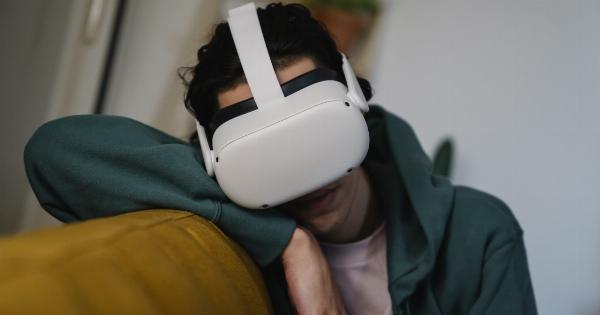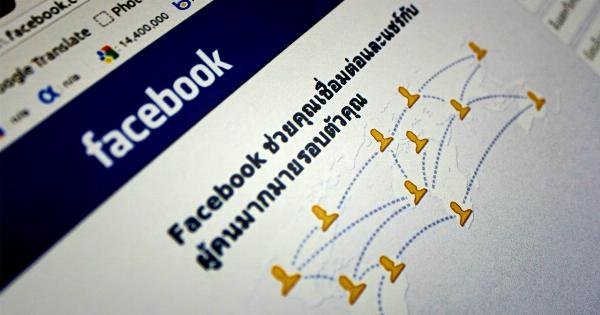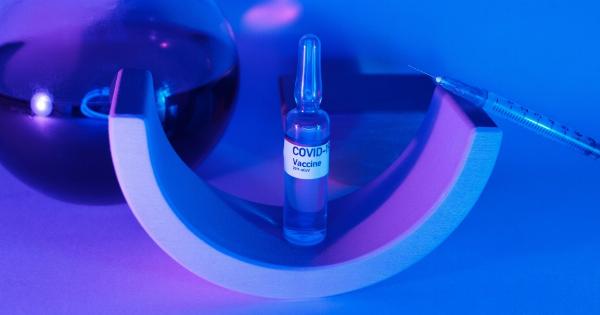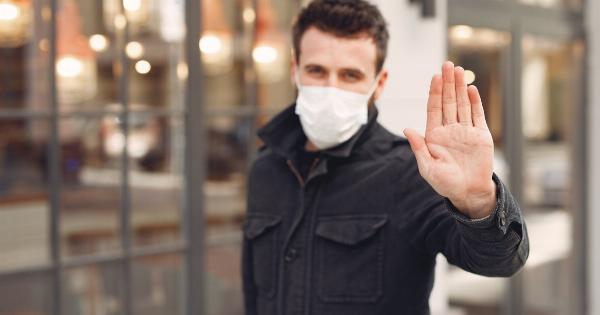Myopia, also known as nearsightedness, is a common condition where people have difficulty seeing objects far away but can see objects up close.
It is caused by the elongation of the eyeball, which causes light to focus in front of the retina instead of on it. Myopia is becoming increasingly common around the world, and it is now considered a major threat to global health.
In the past, myopia was more prevalent in developed countries, but this is no longer the case. Today, myopia rates are increasing rapidly in countries across the world, particularly in Asia.
In China, for example, over 90% of high school graduates are myopic. In some cities in Asia, myopia rates among young adults are as high as 96%. These rates are significantly higher than just a few decades ago.
The Rise of Myopia
The rise in myopia rates is attributed to several factors. One of the main factors is the changing patterns of work and leisure. In the past, people spent more time outdoors engaging in activities that required distance vision.
Today, however, many people spend most of their time indoors engaged in activities that require near vision, such as using computers, reading, and watching TV. Studies show that spending time outdoors is protective against myopia, so this shift in patterns of work and leisure is a significant contributor to the rise in myopia rates.
Another factor contributing to the rise in myopia rates is urbanization. As more people move into cities, they are exposed to less natural light and spend more time indoors. This decrease in outdoor time is associated with an increased risk of myopia.
Additionally, living in cities is associated with higher levels of pollution, which may also contribute to myopia.
Finally, genetics also play a role in the development of myopia. However, the rapid rise in myopia rates cannot be fully explained by genetic factors, suggesting that environmental factors are playing a significant role.
The Impact of Myopia
Myopia has a significant impact on quality of life. It can cause headaches, eye strain, and fatigue. It can also make it difficult to drive or participate in sports.
In severe cases, myopia can lead to complications, such as retinal detachment, myopic maculopathy, and glaucoma, which can cause vision loss or blindness.
Myopia also has significant economic implications. The cost of myopia to individuals and society is high due to the need for vision correction, such as glasses or contact lenses, and the costs of treating associated complications.
In addition, myopia can limit job opportunities and reduce productivity, particularly in fields that require good distance vision.
Prevention and Treatment
Preventing myopia is critical because there is currently no cure for the condition. One of the most effective ways to prevent myopia is to increase outdoor time. Studies show that spending at least two hours a day outdoors is protective against myopia.
It is believed that exposure to natural light and the distance vision required during outdoor activities may play a role in protecting against myopia.
Other preventive measures include reducing the amount of time spent engaged in near work, such as reading and using computers, particularly during childhood and adolescence when the eyes are still developing.
Some studies suggest that reducing the amount of time spent on near work may be more effective than increasing outdoor time in preventing myopia.
If myopia is already present, corrective measures can be taken, such as glasses, contact lenses, or refractive surgery. However, while these treatments improve vision, they do not cure myopia and can have side effects.
For example, glasses and contact lenses can cause discomfort and may limit activities, while refractive surgery is associated with the risk of complications.
Conclusion
Myopia is a growing threat to global health, with rates increasing rapidly around the world. The rise in myopia rates is attributed to changing patterns of work and leisure, urbanization, and genetics.
Myopia has a significant impact on quality of life and has significant economic implications. Prevention is critical because there is currently no cure for myopia, and treatment options can have side effects. Increasing outdoor time and reducing near work may be effective preventive measures.































